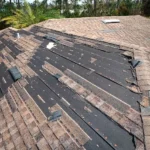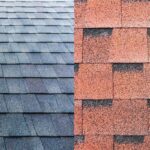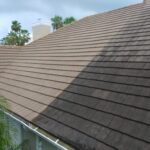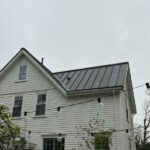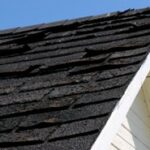Asphalt Vs Fiberglass Shingles
February 12, 2025 | By Mike Gonet | Filed under: Blog
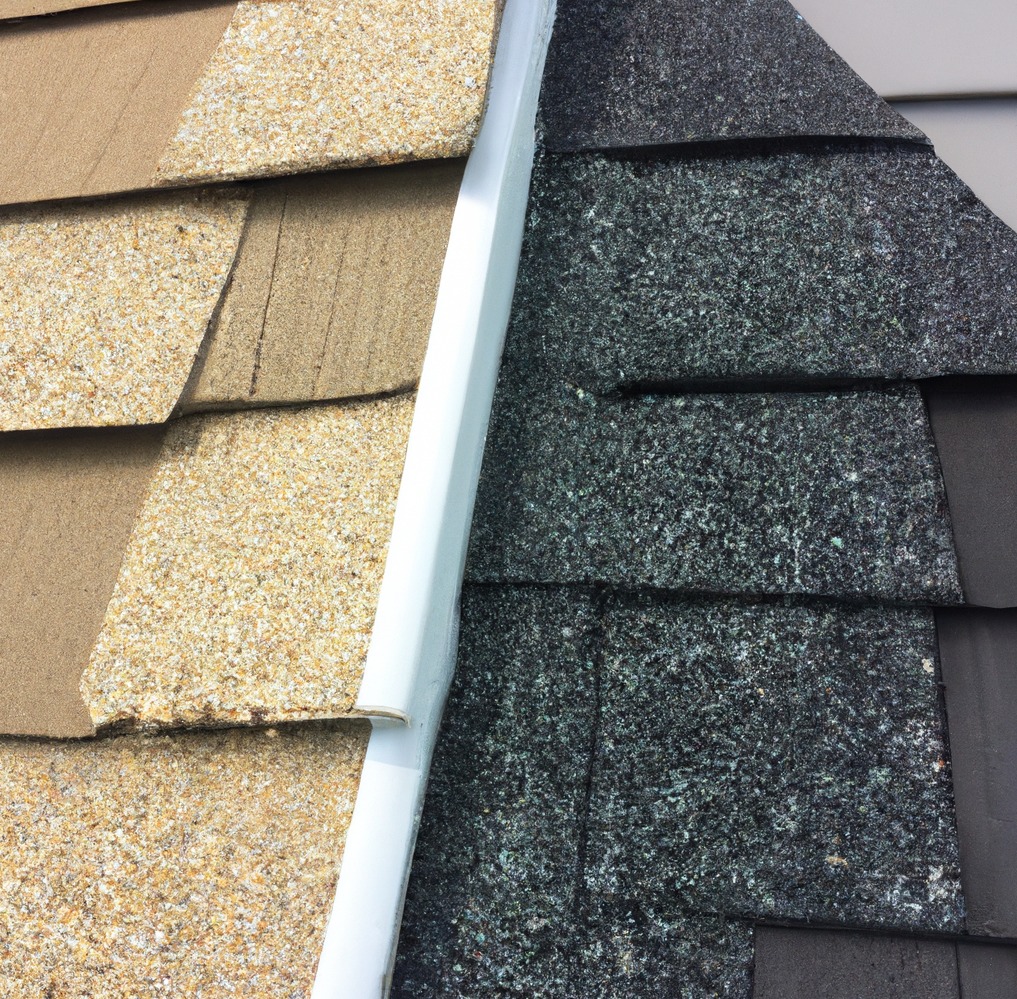
When comparing asphalt and fiberglass shingles, homeowners must weigh factors such as durability, cost, maintenance, environmental impact, and installation. Fiberglass shingles, known for their longevity and resistance to weather conditions, feature a woven fiberglass base mat coated with waterproof asphalt and ceramic granules. While fiberglass shingles may have a slightly higher upfront cost, they provide better long-term value. Both materials require minimal maintenance, including routine inspections and debris removal. Additionally, fiberglass shingles have a lower environmental impact due to their reduced asphalt content and recyclability. Whether choosing asphalt or fiberglass, working with trusted metal roofers ensures a professional installation that enhances the roof’s lifespan.
Durability Comparison
Fiberglass shingles offer a longer lifespan and greater resistance to weather conditions compared to asphalt shingles. Their composition, which includes a woven fiberglass base coated with waterproof asphalt and ceramic granules, enhances durability. This structure helps prevent warping and cracking, even under extreme temperatures and prolonged exposure to UV rays. Traditional asphalt shingles, which use an organic felt mat base, tend to degrade more quickly and are more susceptible to moisture-related damage. Homeowners looking for a long-lasting roofing option may find fiberglass shingles to be the more dependable choice.
Cost Analysis
Understanding the cost differences between asphalt and fiberglass shingles can help homeowners make an informed decision. Asphalt shingles typically range from $1 to $5 per square foot, making them the more budget-friendly option upfront. Fiberglass shingles, on the other hand, cost between $2 and $8 per square foot but tend to offer greater value in the long run due to their extended lifespan and durability. Installation costs also vary, with fiberglass shingles often requiring less labor, which can offset the higher material costs. While asphalt shingles may be more affordable initially, considering long-term savings from reduced replacements and maintenance makes fiberglass an appealing investment.
Maintenance Requirements
Both asphalt and fiberglass shingles require basic maintenance to ensure long-term performance. Regular roof inspections help identify early signs of wear, such as curling, cracks, or missing shingles. Keeping the roof surface free of debris, such as leaves and branches, prevents moisture buildup that could lead to mold or algae growth. Cleaning the roof periodically can help prevent the accumulation of moss or mildew. Additionally, ensuring gutters remain clear allows for proper water drainage, reducing the risk of damage. With proper care, both types of shingles can provide reliable protection for many years.
Environmental Impact
The environmental impact of asphalt and fiberglass shingles is an important consideration for eco-conscious homeowners. Asphalt shingles contain petroleum-based materials, which contribute to carbon emissions during production. The manufacturing process also involves crude oil refinement, increasing the environmental footprint. Fiberglass shingles, however, contain less asphalt and are lighter in weight, reducing energy consumption during production. Additionally, they are more easily recyclable, helping to divert waste from landfills. For those prioritizing sustainability, fiberglass shingles present a more environmentally friendly option.
Installation Process
Installing asphalt or fiberglass shingles requires careful preparation to ensure a durable and long-lasting roof. The process begins with removing old shingles and inspecting the roof deck for damage. Any compromised areas must be repaired before applying a waterproof underlayment to prevent leaks. Metal drip edges are then installed along the roof’s edges to direct water away from the structure. Starter shingles are placed at the eaves to create a solid foundation for the following rows. The shingles are then laid in a staggered pattern to provide maximum coverage and secure attachment. Proper installation is key to extending the lifespan and performance of the roof, making professional installation a worthwhile consideration.
Other related posts:
Related Posts:
Get A Free Roofing Consultation
Tags: metal roof, metal roofing, metal roofs
